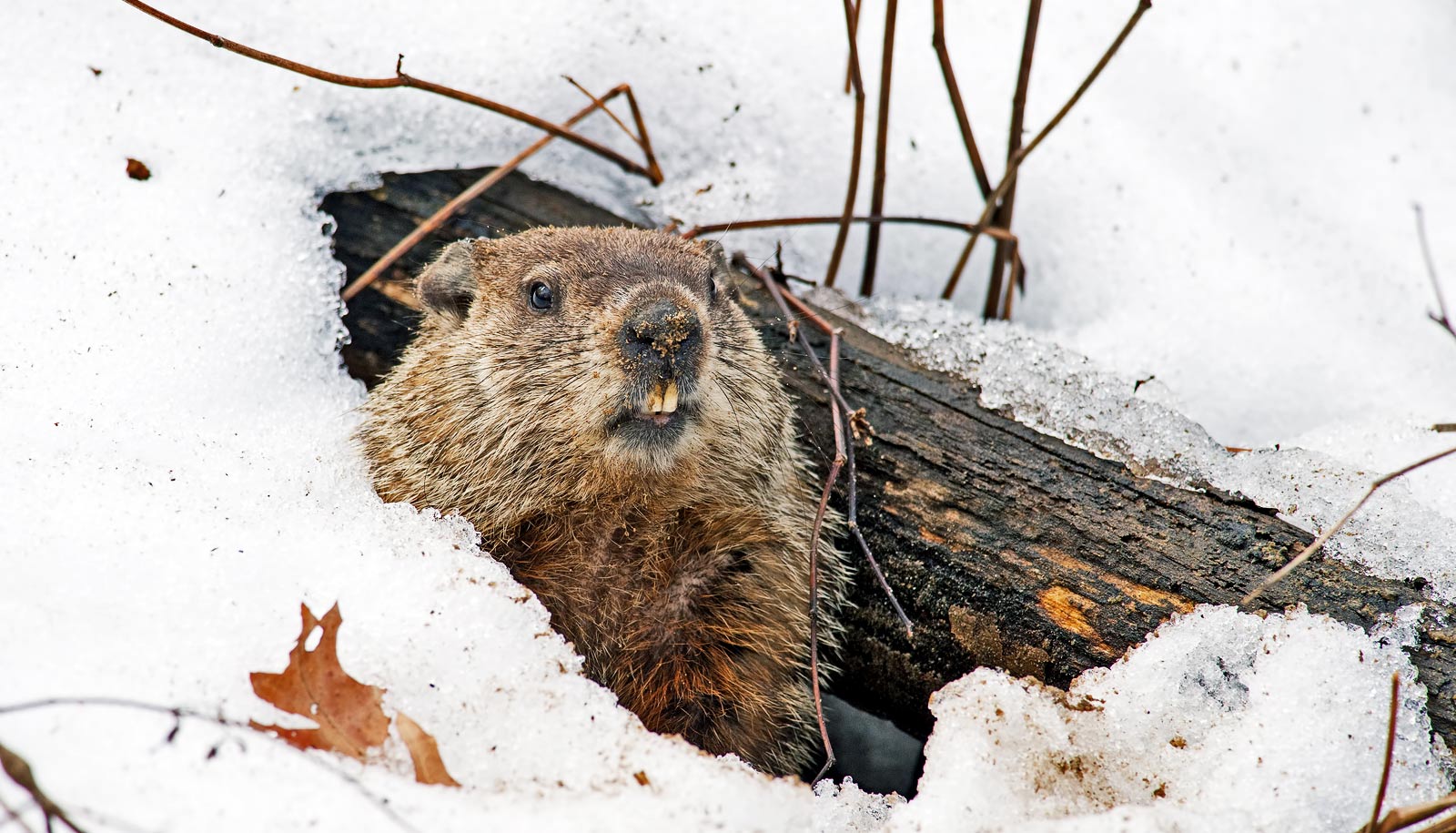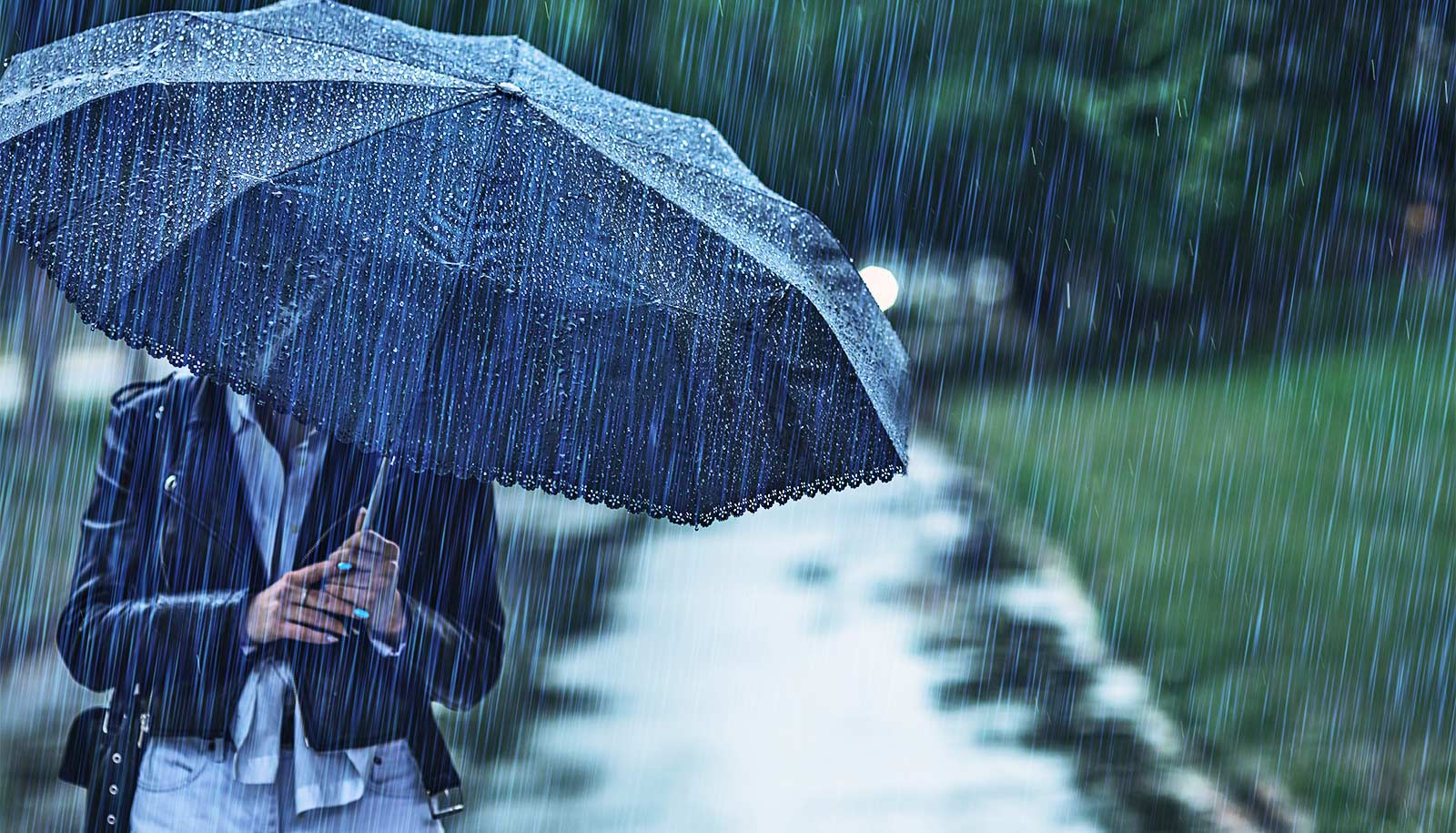Groundhog Day, which arrives on Thursday, February 2, has been a tradition for nearly 130 years. Supposedly, the groundhog can predict whether spring will arrive early or winter will drag on.
Punxsutawney Phil—the name given to groundhogs during an event held in Punxsutawney, Pennsylvania—”predicts” the upcoming season based on whether or not he can see his shadow.
John L. Koprowski, a professor of wildlife conservation and management in the University of Arizona’s School of Natural Resources and Environment, answered some questions about Punxsutawney Phil and other burrowing animals.
How accurate are Punxsutawney Phil’s “predictions” on Groundhog Day?
Not accurate at all but fun nonetheless. The real importance of Groundhog Day is that it marks an important date in the annual cycle for humans, a time that is about halfway between winter solstice and the vernal equinox that enables humans to chart the coming year and plan for the end of winter and the start of spring.
Why do some animals burrow?
Burrows are used primarily for a couple of reasons: predator protection and natural air conditioning, because of the insulation and buffer to temperature changes and increased humidity that soil provides—much the same way that people use their basements.
What are some of the most common burrowing animals?
Many species, from insects to small mice and chipmunks to fairly large mammals, like foxes, coyotes, and wolves, will use burrows as retreats at different times. Some species are flexible or “plastic” in their nesting preferences, whereas others will be very strict in their needs. Groundhogs are very dependent on burrows, as are most ground squirrels like prairie dogs or Tucson’s round-tailed ground squirrels.
What risks or rapid changes adversely affect the habitat and biodiversity of areas where these animals live?
Because burrows provide distinct microclimates and protection from predators, factors that disrupt the vegetative cover can make burrows more vulnerable to temperature and humidity changes or detection/excavation by predators. Changing patterns of water drainage…can lead to the flooding of burrows. Non-native or invasive plant species can result in too much cover and cause problems in reaching the burrow or shading the burrow too effectively.
Source: Lilly Berkley for University of Arizona



